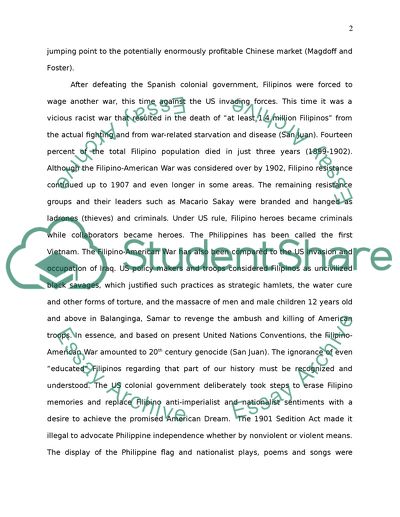Cite this document
(“Searching for the Real Me and We. A Filipino-American Experience Essay”, n.d.)
Retrieved from https://studentshare.org/culture/1504189-searching-for-the-real-me-and-we-a-filipino-american-experience
Retrieved from https://studentshare.org/culture/1504189-searching-for-the-real-me-and-we-a-filipino-american-experience
(Searching for the Real Me and We. A Filipino-American Experience Essay)
https://studentshare.org/culture/1504189-searching-for-the-real-me-and-we-a-filipino-american-experience.
https://studentshare.org/culture/1504189-searching-for-the-real-me-and-we-a-filipino-american-experience.
“Searching for the Real Me and We. A Filipino-American Experience Essay”, n.d. https://studentshare.org/culture/1504189-searching-for-the-real-me-and-we-a-filipino-american-experience.


